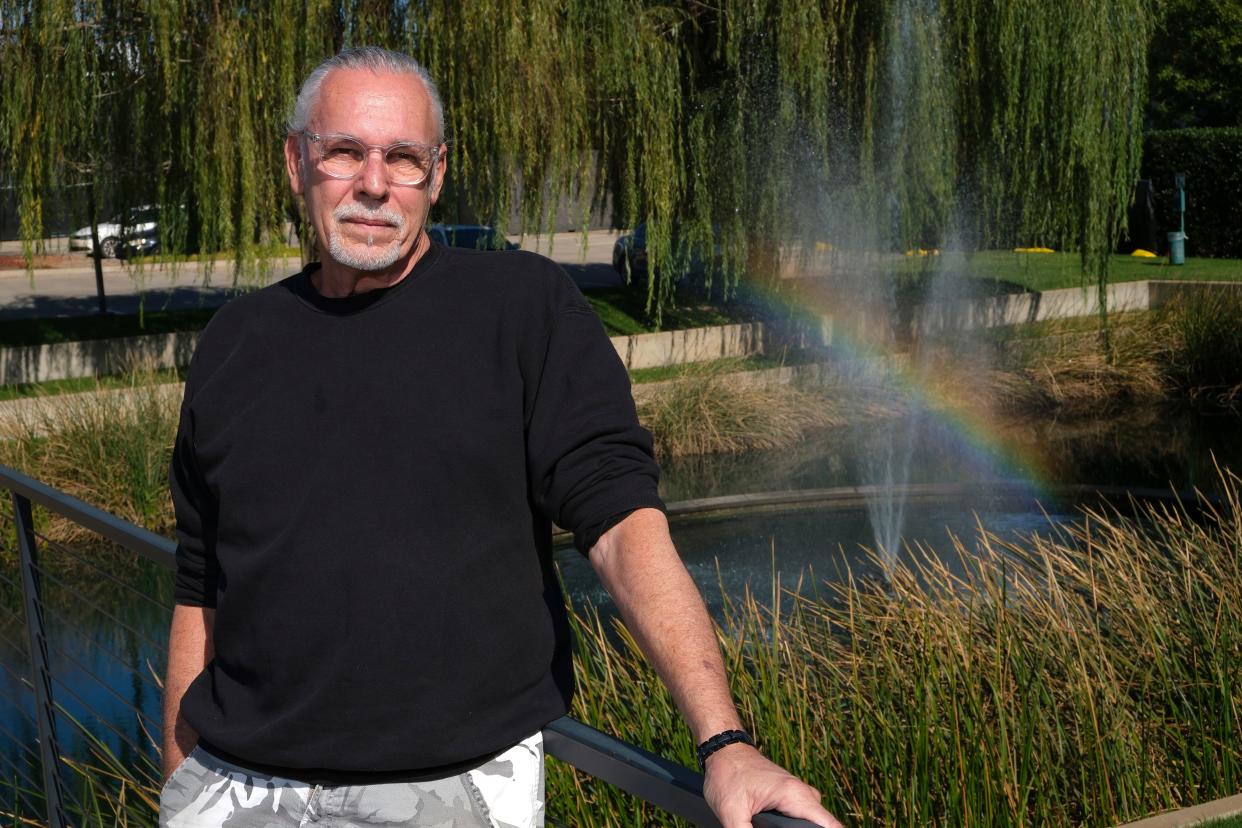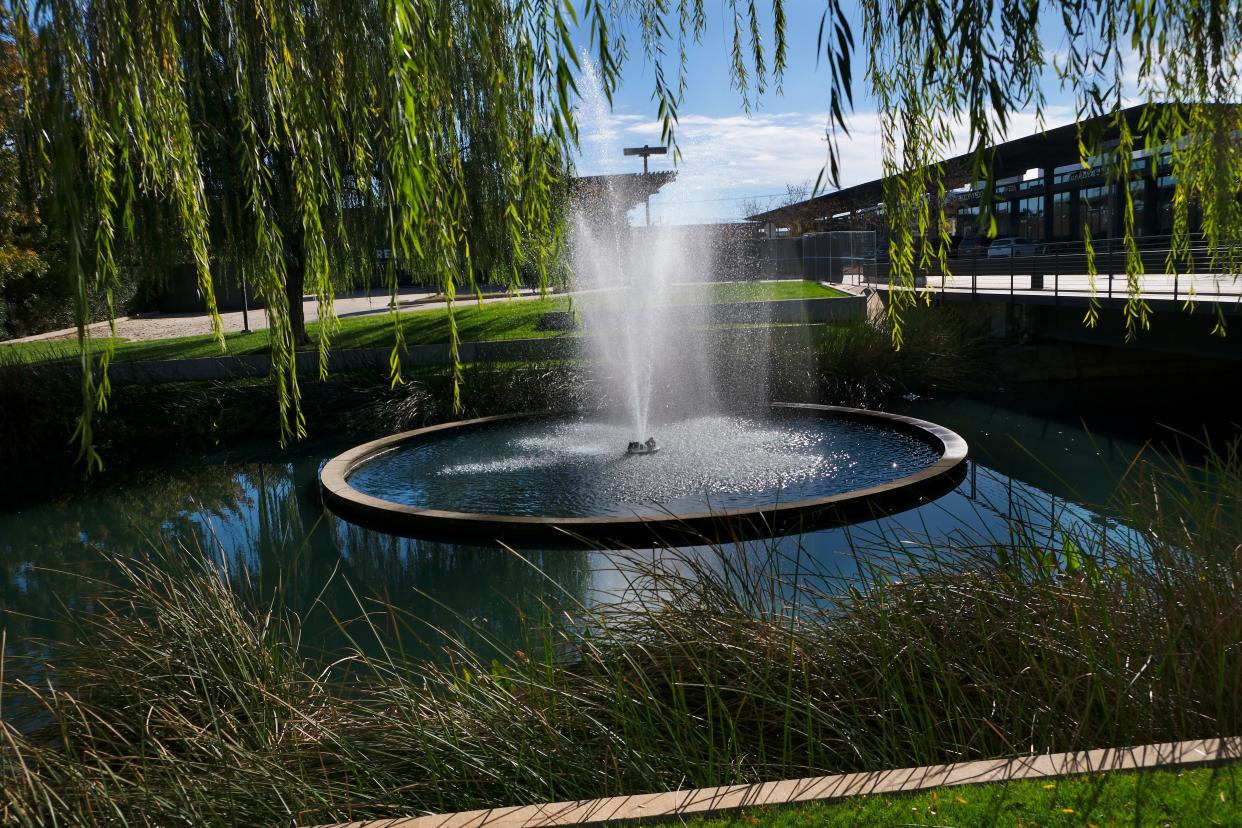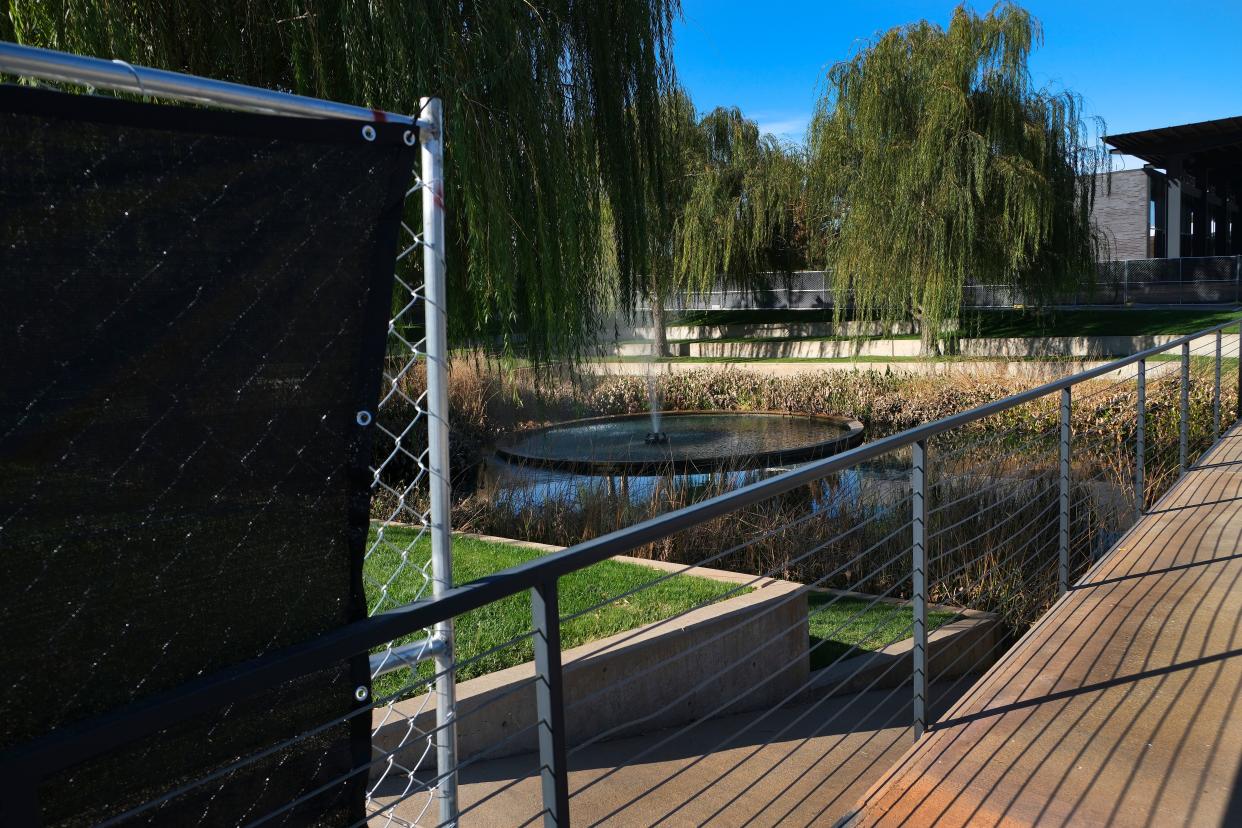Classen Curve neighbors say owners are betraying promises with expansion plans

Residents in the Meadowbrook Acres neighborhood are being told assurances made to them as part of the original zoning for Classen Curve are not enough to stop the shopping center’s out-of-state owners from proceeding with expansion that includes elimination of fountains and greenspace.
In a move opposed by both neighbors and Janis Powers, Ward 2 planning commissioner, the Oklahoma City building services division is proceeding with a building application by the shopping center’s owner, Washington Prime, without requiring the company to seek new zoning to replace the fountains abutting the neighborhood with a new building and parking.
“There is a process to do this, and this is not it,” Powers said. "The process of negotiating the PUD (planned unit development zoning) served this whole development, the developers and neighbors well. And that is the same process that should be used now.”
The history of Classen Curve development, and what has Meadowbrook Acres residents worried
The upscale shopping center at 5825 NW Grand Blvd. was originally developed in 2008 by the late Aubrey McClendon as part of his efforts to reshape the area surrounding the campus of his company, Chesapeake Energy.
The development took out a street of homes in Meadowbrook Acres, and Rob Littlefield, president of the neighborhood association, said the fountains were promised as part of negotiations for the shopping center’s zoning.
“The neighborhood was concerned about the flooding it faces and that Classen Curve would exacerbate it,” Littlefield said. “We had negotiation after negotiation regarding this pond. The water feature defines this neighborhood. It defines Classen Curve with class and respect for nature.”
More: 2021: Owner of Classen Curve, Triangle, Nichols Hills Plaza files for bankruptcy
Washington Prime, a real estate investment trust based in Columbus, Ohio, purchased Classen Curve in 2014. Littlefield said the company first notified residents of the plan to remove the fountains in an email indicating construction was to start on Oct. 30.

The company did not answer questions from The Oklahoman about residents’ concerns. The Oklahoman also asked why Washington Prime was seeking to expand the 123,629-square-foot shopping center when 11,000 square feet, or 8.9% of the development, was listed as vacant in a mid-2023 market report by Price Edwards.
“As we continue to see strong demand for space, the improvements we are making will allow us to bring even more options for shopping, dining and entertainment to our already great line up of offerings,” the company responded. “We are excited to kick off construction that has been fully permitted and adheres to all guidelines and requirements. More information will be shared as it is available.”
City officials said they are still reviewing the company’s building permits and that work cannot begin until a permit is issued.
'They have a right to develop as the law allows just like anyone else'
Geoff Butler, city planning director, said a review by attorneys and planners determined the zoning does not prevent Washington Prime from replacing the fountains with a building and parking.
“They have a right to develop as the law allows just like anyone else,” Butler said. “People can appeal the issuance of a building permit if they want. If they didn’t want the green space to be moved or developed, they should have been specific about that in the PUD.”
In communications with Meadowbrook Acres residents, Powers, an 18-year veteran planning commissioner, countered the fountains were “very purposely designed and developed as both environmental and highly decorative open space, as well as drainage.”
More: Behind two major OKC blazes were unlicensed OG&E contractors, no oversight or inspections
“The ponds were architecturally engineered, right down to the plants used in them, which were chosen to improve air and water quality, as well as for their aesthetic value,” Powers wrote. “The ponds were in no way afterthoughts. They were a key feature of the overall development, one of which was designated specifically as the site for the pedestrian access to the Meadowbrook Acres.”
She noted the zoning for Classen Curve mentions the fountains and open area as part of pedestrian access — “one of many vigorously negotiated features of this PUD.”
“The amenities specified in the PUD — especially the ponds — were offered as part of a package that helped to secure, not merely the lack of protest to the development and this PUD, but the wholehearted endorsement and support of the Meadowbrook Acres neighborhood, without which the Classen Curve project would never have been approved,” Powers wrote.

Scott Wise, director of the city’s development services division, tasked with reviewing building permits, said the challenges presented with the Washington Prime application and response by neighbors “is pretty unusual.”
“Sometimes it comes down to interpretation,” Wise said. “If neighborhoods are concerned about a particular element in a PUD, an amenity like this, they want to make sure it specifies in whatever explicit detail is needed that it meets expectations in the PUD language. Nobody anticipated anyone other than Chesapeake owning the land.”
Littlefield said he is uncertain whether the neighborhood will be able to challenge city staff’s handling of the building permit to the Board of Adjustment. They will have 30 days to appeal the permit once it is issued.
“They’re interpreting the PUD differently than what the neighborhood believed was the commitment,” Littlefield said. “It will cost the neighborhood money, and I don’t know what the chances are of winning. They city let us down.”
This article originally appeared on Oklahoman: Classen Curve OKC expansion to destroy green space built for neighbors
